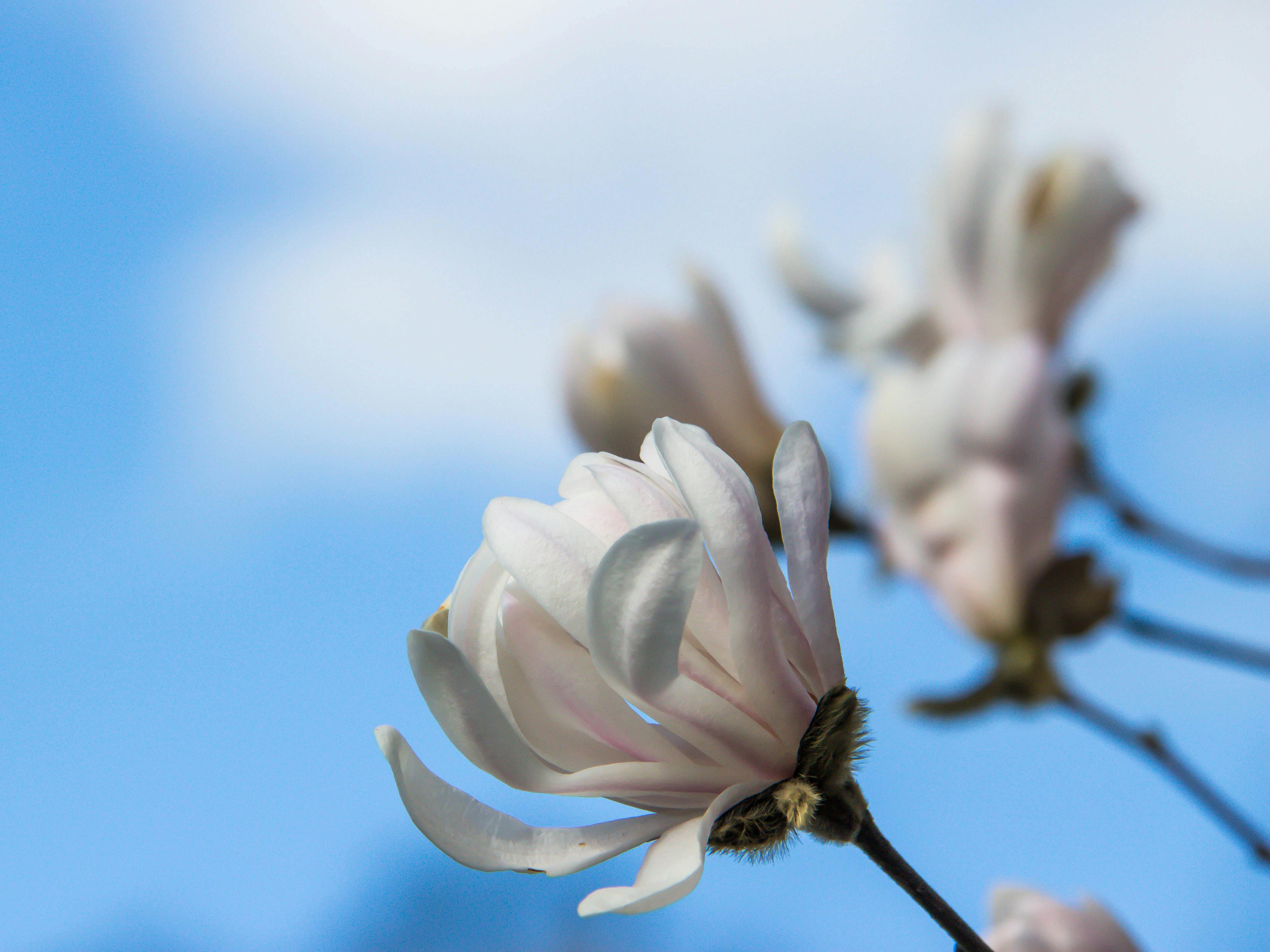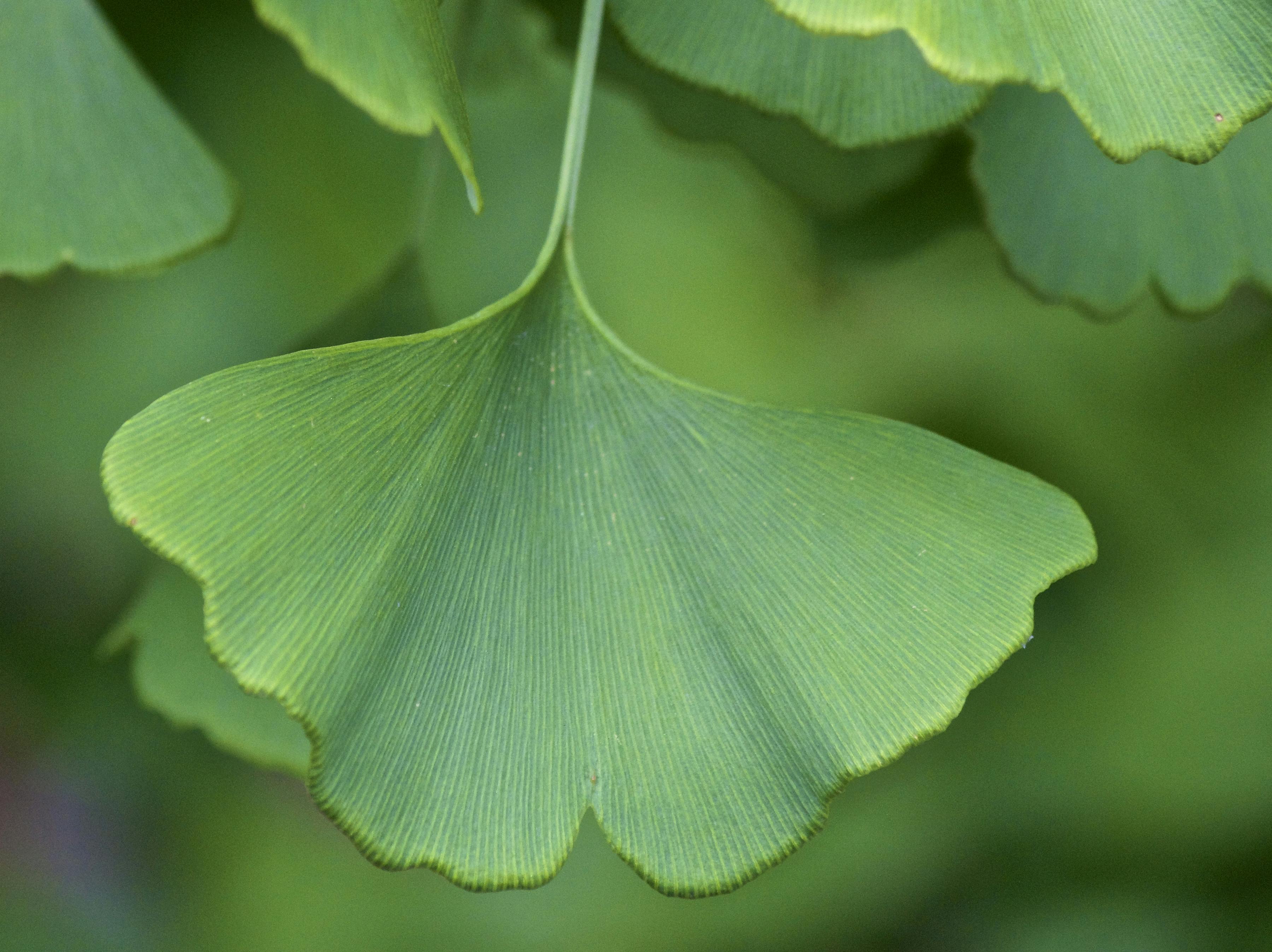For many years, Charles Darwin was haunted by flowers. In 1859, the naturalist published his most famous work, On the Origin of Species, the book that is generally regarded as the foundation of evolutionary biology. But 20 years later, he was still bothered by one big thing: Where the heck did all the flowers come from? In a letter to botanist Joseph Dalton Hooker in 1879, Darwin called this problem an “abominable mystery.” It might sound silly, but Darwin really couldn’t explain how flowering plants — known as angiosperms — had risen to dominance so quickly over the more primitive angiosperms — a group that includes pines and palms.

The fossil record shows us that around 100 million years ago, during the Cretaceous period, a huge variety of angiosperms came onto the scene and replaced gymnosperms as the dominant type of plant on Earth. This sudden abundance of plants — the ancestors of modern lavender, wheat, roses, magnolias, daisies, and so forth — ran counter to Darwin’s theory that new species arise very slowly over time as a result of selective pressures. Current hypotheses suggest that most angiosperms evolved alongside the insects or other animals that pollinate them, without which it’s not possible for the plants to produce seed-bearing fruits. But these hypotheses don’t explain the epic boom in ancient angiosperms.

In a paper published Thursday in the journal PLOS Biology, a couple of scientists proposed an answer to the abominable mystery of why angiosperms replaced gymnosperms so abruptly. Kevin Simonin, an assistant professor of ecology and evolution at San Francisco State University, and Adam Roddy present evidence that it all comes down to the efficiency of cells. The secret to angiosperms’ success, they say, is a rapid downsizing of the plants’ cells beginning about 140 million years ago. This downsizing dramatically increased their efficiency. Once angiosperms became that much more efficient, their domination of terrestrial ecosystems was only a matter of time.
The research team arrived at this conclusion by examining the relative size of genomes in angiosperms and gymnosperms, then comparing those numbers with the plants’ carbon dioxide capture capacity and liquid transfer efficiency. Cell sizes can vary a lot due to various factors, but genome size is a strong predictor of cell size. Therefore, they concluded, a smaller genome means a smaller cell — and therefore more cells can be packed into the same volume of plant tissue, enabling a plant to take in more carbon dioxide and water, thereby producing more carbohydrates that yield energy and drive growth.

Photosynthesis is a big part of this picture, too since, as we all know, plants need sunlight to turn water and carbon dioxide into carbohydrates. Previous research has established that the higher photosynthetic capabilities of angiosperms helped them grow much more quickly than their gymnosperm cousins, but this new study shows us how angiosperms achieved this high level of efficiency.
So even though coevolution with pollinators played a huge roll in the specific mechanisms of angiosperm evolution, Simonin and Roddy say there’s something common to all of these plants, something fundamental to their biophysical architecture, that enabled them to take over the world. Perhaps this research would set Darwin’s mind at ease. But more likely, he would just have new questions.
Abstract: The abrupt origin and rapid diversification of the flowering plants during the Cretaceous has long been considered an “abominable mystery.” While the cause of their high diversity has been attributed largely to coevolution with pollinators and herbivores, their ability to outcompete the previously dominant ferns and gymnosperms has been the subject of many hypotheses. Common among these is that the angiosperms alone developed leaves with smaller, more numerous stomata and more highly branching venation networks that enable higher rates of transpiration, photosynthesis, and growth. Yet, how angiosperms pack their leaves with smaller, more abundant stomata and more veins is unknown but linked — we show — to simple biophysical constraints on cell size. Only angiosperm lineages underwent rapid genome downsizing during the early Cretaceous period, which facilitated the reductions in cell size necessary to pack more veins and stomata into their leaves, effectively bringing actual primary productivity closer to its maximum potential. Thus, the angiosperms’ heightened competitive abilities are due in no small part to genome downsizing.

 The disease is already prevalent in the yellow warbler
The disease is already prevalent in the yellow warbler An increased frequency of El Nino events and avian malaria could consign the Galapagos penguin to history
An increased frequency of El Nino events and avian malaria could consign the Galapagos penguin to history

